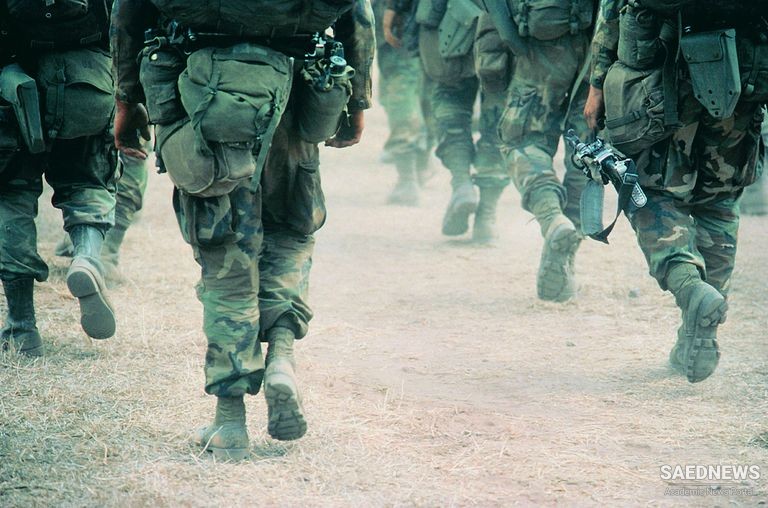Pacifism and the just war tradition are analytically distinct and are often considered opposites. The concept of pragmatic pacifism helps to bridge the gap and provides a more holistic framework for understanding peace advocacy. It reflects the dominant position of those who consider themselves peace supporters. Absolute pacifists have always been a minority, even within peace movements. The majority of those who work for peace seek to avoid war but are willing to accept some limited use of force for self-defense or to uphold justice and protect the innocent. Some uses of military force are more objectionable than others. This is evident from the fact that certain wars, such as those in Vietnam and Iraq, arouse vociferous movements of protest, while other uses of force, such as the multinational operation in Bosnia, are broadly accepted, even by many peace supporters. As the United States prepared to take military action in Afghanistan following the September 2001 terrorist attacks, Scott Simon of National Public Radio wrote “Even Pacifists Must Support This War.” Some peace advocates accepted the attack against Al Qaida as justified self-defense, but many cautioned against militarizing the struggle against terrorism. Because just war language is often abused by political leaders to justify military aggression there is concern that misuse of the framework can be a slippery slope toward the legitimation of indiscriminate violence. As Michael Walzer emphasized, just war reasoning is a challenge to political realism. The just war doctrine establishes a rigorous set of moral conditions that must be met before armed conflict can be considered. If thoroughly and honestly applied these criteria would rule out most of the armed conflicts that political leaders claim to be just and would make war a rare occurrence. Pragmatic pacifism can be understood as a continuum of perspectives, beginning on one end with the rejection of military violence and extending across a range of options that allow for some limited use of force under specific conditions. The presumption is always against the use of force and in favor of settling differences without violence, but reality dictates that some uses of force may be necessary at times to assure justice and prevent the greater violence that often results when exploitation and aggression are unconstrained. Even strict pacifists acknowledge that at times soldiers can play a role in preventing the spread of violence. I once asked a class of Mennonite students who described themselves as pacifist if they would support the continued deployment of NATO troops in Bosnia to keep the peace among the previously warring factions. All but one of the twenty students said yes. Pacifists may accept the use of force if it is constrained, narrowly targeted, and conducted by proper authority within the rule of law.37 Mennonite theologian John Howard Yoder differentiated between war and the use of police power; the latter is subject to legal and moral constraints and is ethically superior to war.38 Distinctions matter, and a vast difference exists between unilateral, unprovoked military aggression and multilateral peace operations to protect civilian populations. No one who considered herself pacifist would accept the former but a great many would accept the latter.


 Pacifism in Underdeveloped World: Peace and Resistance
Pacifism in Underdeveloped World: Peace and Resistance














































